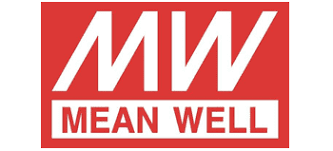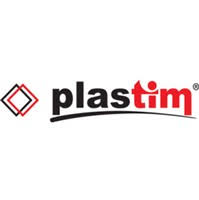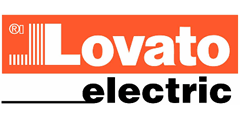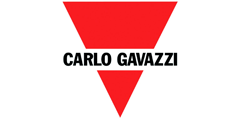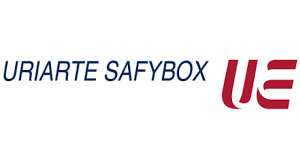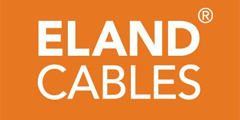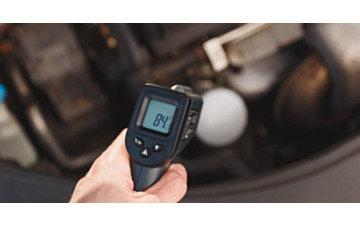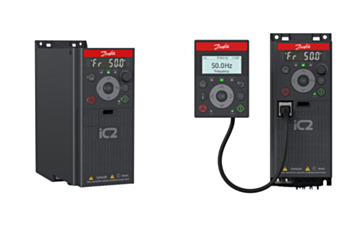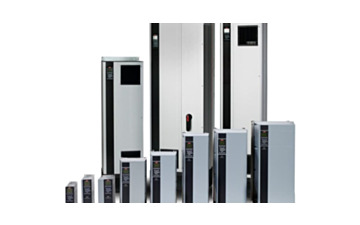Where’s the best place to keep my GRP enclosure?
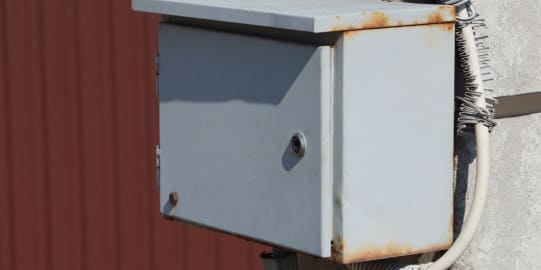
A GRP enclosure is essentially a form of protective cabinet that’s used in many locations and situations to house and provide protection for electricals. They’re extremely durable and have a long lifespan, making them a useful piece of equipment for a wide range of industries, including transportation, infrastructure, commercial and industrial sectors.
Here at LED Controls, we stock a wide variety of GRP enclosures, so if you’re wondering where’s the best place to install yours, here’s a quick guide on what sort of locations you might want to consider - and which ones you might want to avoid!
What is a GRP Enclosure?
A glass reinforced plastic (GRP) enclosure is usually a light and robust box designed to protect wiring or electrical components, preventing them from being exposed to the elements. Crucially, it also protects them from some slightly more rare but equally damaging risks, including theft, vandalism or any sudden impact. The fibreglass element of these plastic containers allows for all the resilience of metal, so they can withstand impact and still hold their shape. They’re lightweight, waterproof, and highly resistant to temperature changes. Best of all, they’re also low maintenance, making them the ideal solution to protecting sensitive equipment or wiring. GRP enclosures typically last for many years (often up to 20 years and longer), making them an incredibly worthy investment. Better still, the longevity can be prolonged with proper care, such as a fresh coat of paint whenever necessary.Where is the best place to install a GRP Enclosure
GRP enclosures are very robust, so they fare well in a host of different environments, even those that typically involve harsher weather conditions. GRPs are not susceptible to corrosion or rust because they’re constructed from fibreglass, so even when situated in coastal locations they will hold up just fine. The longevity and durability of GRP enclosures makes them ideal fixtures even in more rural or harder to reach areas, as they do not require regular maintenance. They’re generally safe to install in almost any location– however, there are a few places that should be avoided to lessen the likelihood of any external interference which could compromise the safety of the enclosure. These areas include:- street corners where oncoming traffic could easily collide with the cabinet
- any location that is too close to large bodies of water such as lakes of reservoirs (boxes should never be at risk of submersion in the event of a flood or rising water levels).
- any area that leaves the box easily exposed to the general public.












